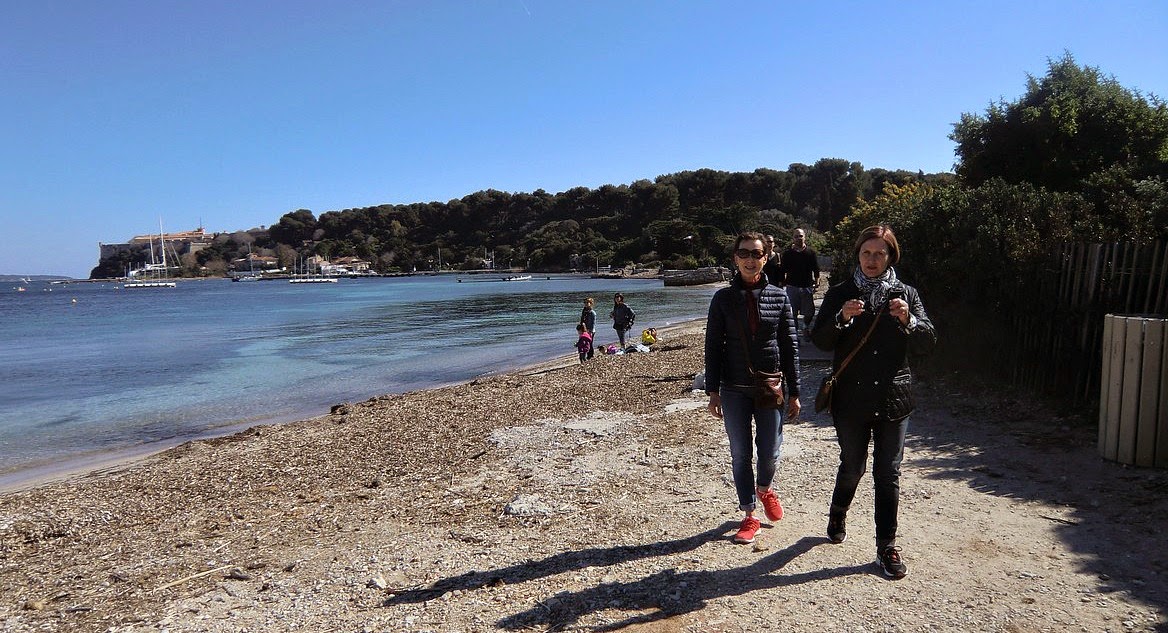Spicy trout with parsnip pure
The French spice mixture quatre-épices was developed in Saint-Malo. It is a mixture of ground cinnamon, ginger, clove and nutmeg so it is easy to create if you don’t find it in your shop. Here in France it is sold in all supermarkets.
As Saint-Malo is famous for its fish and seafood one would think that quatre-épices goes very well with them. However it is not that often one can see fish and seafood recipes with quatre-épices. So when I came across a trout recipe using quatre-épices I was eager to try it.
The following recipe is my adaptation of that recipe. Saint-Malo is a “butter and milk” region, but I have replaced them with olive oil and vegetable stock according to the Mediterranean tradition. Quatre-épices gives an unexpected twist to this very tasty dish.
2 servings
For the parsnip pure
500 g parsnips
500 ml vegetable stock
2 tbsp olive oil
For the fish
2 small trouts in portion size
2 tbsp rapeseed oil
A handful of chopped parsley
2 small shallots, chopped
½ tsp quatre-épices
2 tbsp pine nuts
50 ml white wine
Lemon wedges to serve
Peel the parsnips and chop them coarsely. Cook them in vegetable stock until soft. This takes about 45 minutes. Keep covered and warm.
In a large frying pan warm 2 tbsp rapeseed oil over medium heat. Fry the trouts for about 5 minutes on one side until golden brown. Turn the trouts and add the pine nuts and chopped shallots in the pan. Sprinkle the quatre-épices over the trouts and cover them with chopped parsley. Continue frying for 5 minutes.
Pour the white wine in the pan. Reduce the heat a little, cover the pan and simmer for 10 minutes. Meanwhile add 2 tbsp olive oil to the parsnips and mash them into a nice pure.
Arrange the trout and pure on the plates and serve with lemon wedges.











































